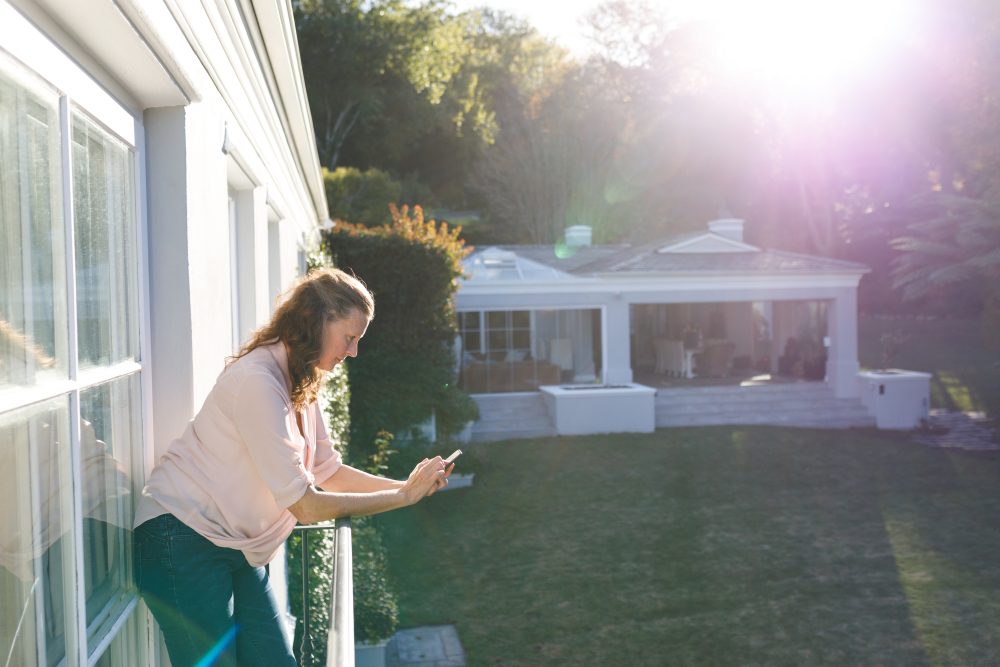According to the Interpret Smart Home Matrix, 55 percent of U.S. adults, or 110 million people, now own one or more smart home device(s), and 47 percent of adults intend to purchase a smart home device in 2023. Take a moment to let those statistics sink in and reflect on the opportunity that lies before us within the CE channel.

The smart home market has been faced with challenges in terms of compatibility between devices, which is often the chief complaint among users. Walled gardens, branded ecosystems, and competing platforms, along with the fight for user data have stunted the full potential of the smart home. Consumers are becoming more savvy shoppers, and it goes beyond pricing. They’re looking for the features that will unlock their home’s full potential.
How do you deliver what smart homeowners want? You ask them. Or you can take a shortcut and learn from some of the key findings from the Z-Wave Ecosystem Report. The report examines key growth points for the smart home market in the U.S. and comparative data from the United Kingdom, France, and Germany.
Interoperability is key

Across the United Kingdom, France, and Germany, just as in the United States, interoperability consistently ranks as a top feature that both current Z-Wave Owners and non-owners define as “a must” in any additional products that they look to purchase. They simply expect new devices to work with their legacy devices. The report also found that over 60 percent of U.S. smart device owners are paying more attention to interoperability than in the past, and 54 percent believe interoperability is important for their next purchase.
Interoperability is important regardless. Dealers need to consider how the products they sell will work together. Manufacturers need to be prepared to develop new products with interoperability as a key goal if they want to keep current customers and attract new ones.
DIY or Pro Install? There is room for everyone at the table.
“Do it Yourself” or DIY is growing in popularity. As a result, it has become the primary installation method in the U.S., UK, France, and Germany. However, the report found that as more devices are added, and system complexity increases, professional installation is preferred.

Gone are the days of the smart home being solely for the ultra-rich. The market is developing to make the smart home more accessible, and as the smart home market continues to grow there is room for all consumer and provider perspectives. Now, that is exciting.
Upgrade and add-on potential are big.
In the U.S., 97 percent of control system owners and 90 percent of smart security system owners have added additional smart home devices after the initial purchase. Dealers and manufacturers alike should have a plan for how they continue to talk to customers after their initial purchase or install. Make the add-on easy, don’t send them on their own hunt for the next device. Having clear add-on and upgrade paths will only help your company and the market as a whole to grow.















